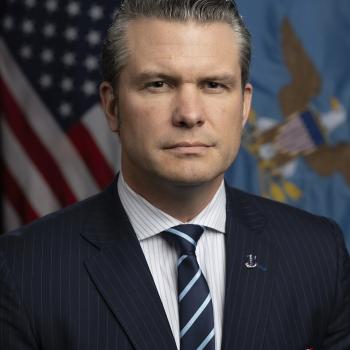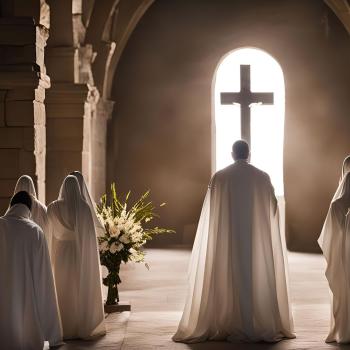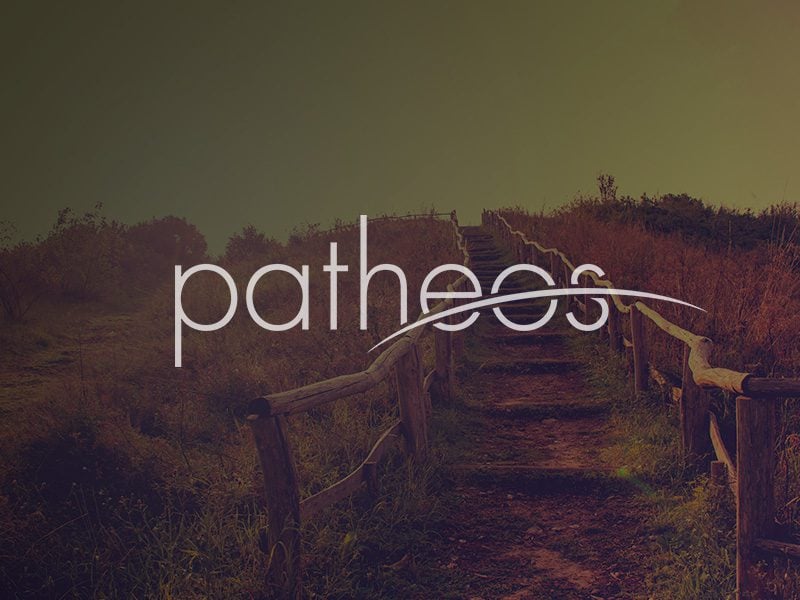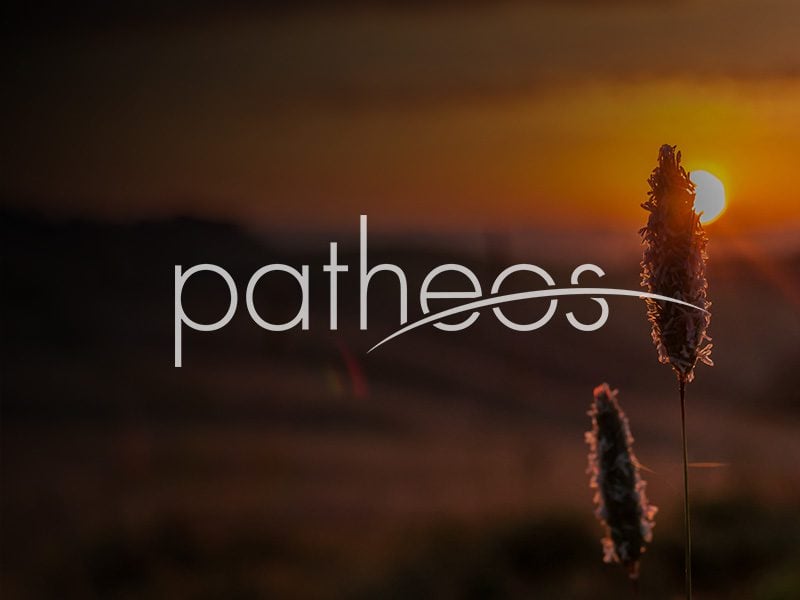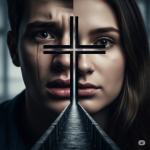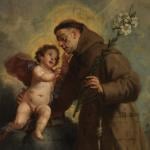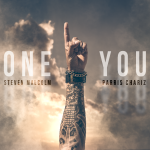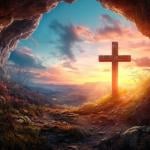Previous entry – Liturgy as Mystagogy: Introduction
“Do not think that he who seeks to comfort you lives untroubled among the simple and quiet words that sometimes do you good. His life has as much difficulty and sadness and remains far behind yours. Were it otherwise he would never have been able to find those words”
– Rainer Maria Rilke, Letters to a Young Poet
As this series begins, I want to be especially attentive to the stories and experiences that anchor and motivate it. One of the greatest mistakes made when we talk about educational and curricular things is to pretend that we are giving lessons from a distance. A truly beautiful teacher must always make an effort to de-distance themselves from their students, and vice-versa.
The teacher who believes that she is teaching something to her students that is for them, pure and simple, is being silly: she is inattentive to what is really taking place. I know from first-hand experience that I always teach in a doubled direction, what my students have come to recognize as a “double-move”: in and out, external and internal, for them and, secretly, for me too. Public and private, both directions at a stroke. Sometimes this move collides and we are all undone.
As much as the mystogogical beauty and potency of the liturgical year has been amplified by the lives of my children, I cannot act as though this is the sole source of this series or where my story begins. It began some time ago.
Here is my testimony:
One of the greatest compliments I’ve received came to me secondhand from a priest who was a self-described “liturgist,” Fr. Plagens. You might know the type; most parishes have at least one them. One day he told my father, “Sam really knows how to move on the altar; he’s a natural liturgist.” When my dad relayed the message to me I was only twelve or thirteen years of age, but I understood what he was saying all the way down to my meat and bones.
After all, movement on the altar was already very important to me. I worked hard as an altar server, always trying to be in sync with the celebrant and the overall movement of the Mass. I preferred to serve alone, because most servers I knew were too clumsy and out of sync on the altar. Time and space are crucial for altar serving: if you do things right, if you move or make inevitable noises only at exactly the right moment and space things in just the right way you can almost become invisible up there, you can melt into the Mass. This wasn’t about reverence for me, it was about beauty. It was art.
As a very young child, perhaps seven or eight years old, I swelled with pride and joy when I was asked to serve as the cross bearer at our family friend’s first Mass, the day after his ordination. The cross was magnificent and it deserved to be held in just the right way, I needed to bear it well, I needed to walk it down the aisle with dignity and perfect pace. I had to move just right—perfectly, really—to lead the mystical dance. All the same, my slight frame needed to grit its teeth to carry the tall, thick, golden cross at the right height and in the proper, upright position.
Needless to say, as long as I can remember I’ve had a deep intuitive sense about liturgy that is first and foremost aesthetic. I see liturgy as art: balance, attunement, proportion, dynamics, harmony, rhythm, contrast, dimension.
I never took a class in this—and in fact most religious education classes I took only insulted my liturgical sensibilities—but I also did not acquire it from nowhere. I grew up in churches. I spent countless hours on altars and in pews, both during formal liturgy and the informal, but deeply liturgical, solitude of the empty sacristy, office, chapel, and the rest. To this day, I love to explore a church.
I dwelt, in a very literal way, in church. Also, for most of my childhood and adolescence our daily lives at home were built around the liturgy in a very strict, intentional way. This was during the tailend of the hey-day of the charismatic renewal, so I don’t want to give the wrong impression: I was not immersed in a traditional liturgical setting. Not even close. One of the most telling signs of this was my instrument of choice: the guitar.
I began playing at the age of five and I always had a very strong sense of duty and purpose about it. I learned to play guitar in order to play praise and worship music at home and church. By ‘learned’ I mean being self-taught, taught at home by my dad at first and then in church by other guitarists. I also had the ambition to write praise and worship music. I learned hymns along the way, but, to this very day, I knew the canon of Jim Cowan and George Misulia better than Mozart’s Requiem.
I soon moved from altar boy to worship leader. The charismatic renewal never had a strong sense of liturgy in the rigorous sense I did, but it did have a subtle sense of propriety, a sense of what was “worshipful.” I was the director of liturgical music at every parish we belonged to from junior high until I graduated from high school. I led music ministry teams at Franciscan University of Steubenville and directed a full choir in Austria during my semester abroad. Along the way, I came to a richer understanding of how to blend a guitar and non-classical vocal style and contemporary music with a more traditional liturgy. I led a small, touring praise and worship band and played at conferences and retreats throughout.
Lest you be misled: this journey was not always apparent, clear, or intentional to me. Liturgy was not my only or main activity. But, thinking about it now, it was—and still is—infectious: it infected the way I saw and played on the football field and, later, the rugby pitch (that I both play and coach on today). It was a huge asset to my time acting in high school plays. It was the spark that led to my love and skill in public oratory, then debate, and later academic philosophy. It is the reason I am, first and foremost, a teacher. It is the only thing that keeps my writing from falling apart at the seams. And so much more.
Despite the tremendous mark that liturgy left, and continues to leave, on my life, I did not see this mark as a particularly spiritual mark. It was not primarily a sign of devotion or piety. It was so engrained, I rarely, if ever, talked about or was even aware of it. Even now I doubt I can totally comprehend it’s lasting impact on what and who I am.
Since this liturgical impression and disposition was more existential than spiritual or religious, it was not something that anchored my sense of faith. The day came when I faced the bitter reality that my devout religious upbringing had run its course and left me no comfort or consolation—and there was no misty-eyed liturgical nostalgia that kept me from walking away, angry, defiant, and without regret.
My entire spiritual narrative was paper thin and eroding quickly. Philosophy didn’t help much either. (Actually it did. But in a powerful, different sort of way.) I left it all behind and, although this didn’t happen all at once, I came to the realization that in place of what I had always trusted was THE CHURCH stood a tiny, fake replica of “the Church.” Like Zoolander‘s “school for ants,” the Church was exposed as a tiny, cheap, sentimental/emotional, guilt-riddled, abusive fraud. God was equally as small—but I knew in my heart there was a bigger God somewhere.
This was in Columbus, Ohio during the beginning of my doctoral studies. Part of my fallout was going to Mass at churches that resembled country clubs. Another part of it was coming of age and beginning to free myself from the need to be “religious” in order to avoid rejection from my family. I stopped going to church on Sundays. It felt great! To this day I do not regret it. I needed the liturgical contrast, the absence.
Then I attended St. Joseph’s Cathedral, a small, cozy cathedral. I experienced my first high Mass, celebrated with a liturgical splendor I had not seen or heard or smelled before. The preaching sucked. But the music, the pageantry, the worship aid, the architecture, the decorations—they were perfect. I didn’t want to go church to act religious; I went to be liturgical. I went for the art. Of course, this is a silly distinction, but it was serious to me then. I didn’t want communion or sacraments or devotion—I didn’t even think I wanted God. I wanted beauty. I wanted to hear the dark, rich, moving fugues of the organ. I closed my eyes and drank deeply from the well of beauty, supplied by the liturgy I knew all too well, but had never met this way before. My eyes welled with tears.
Then, as the high Mass wore on me—the sopranos began to grind at my ear a bit—I went to 5:15 Mass in the evening. This was just convenient at first, but later it became necessary because I started playing guitar at a local gospel church. At that Mass the liturgy was more sparse, but just as beautiful. And the preaching! The homilist and celebrant was Fr. Joseph Goetz, a retired diocesan priest from the Diocese of Cincinnati, who later became a dear mentor to me. An emeritus professor of theology, with a Cambridge doctorate in philosophical theology. His homilies were as rich as the organ music and, together, they drew me back to where I had never been before in a remarkably different, new way.
I was, literally, saved by beauty. I was not saved from death or damnation or petty things like that—this is not the kind of salvation I am talking about here—I was saved from the disenchanting abandonment of religion. I was saved from the secular desert. I was saved from ugliness. I saved from the abolition of the sacred, of the holy. Beauty saved me and showed me, again, the invisible face of God.
I describe this move as leaving the Zoolander-esque, replica model of the church and walking right into a real, cold marble pillar at St. Joseph’s—face first. I gladly swore to never play praise and worship music ever again, I pledged to never listen to or play a guitar at Mass anymore. I put all my musical pursuits into and excelled at gospel, jazz, soul, reggae, and Latin folk music.
Then I was hired at a well-to-do, suburban Lutheran parish (Peace Lutheran) and, reluctantly, I took the job. We really needed the money. There I played worship music and but refused to lead worship. But I knew how to move. This was clear to everyone. Soon, during Lent, the lead pastor and music director—both dear friends of mine—asked me to help them observe a beautiful Lent in an ugly space: a gymnasium. They asked me to do liturgy again. That Lent healed me in many ways and softened some of my recently-acquired, reactionary dogmatisms.
Coming to Crawfordsville, I found the Mexican Catholic community here with a small, sad Mass. With no music. The church is already quite ugly, and the Mass felt barren. I knew what I had to do: I had to play guitar at Mass again, I had to direct liturgy. I’ve been doing that for a year and a half now.
What this testimony shows is that, for me, liturgy is not simply a prescriptive, distant curriculum that offers this cold “mystagogy” to distant students out there. No. Liturgy is intimately double-directed: outwardly towards our times—to a disenchanted generation, my generation and yours—and also inwardly to my ongoing, internal, aesthetic conversion.
Beauty will save us all. This is an important part of what liturgy as mystagogy is.





